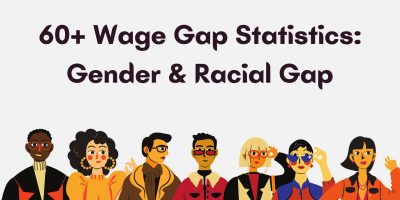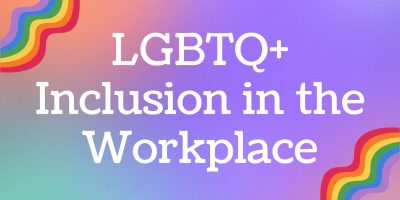
60+ Wage Gap Statistics in 2024: Gender & Racial Gap
Uncover wage gap statistics, highlighting the persistent inequality faced by minority workers and women, emphasizing the urgent need for transformative change in the workforce.

In an ever-changing globalized workplace, organizations must be cognizant of the importance of inclusiveness and diversity. Embracing them has a multiplier effect on motivation and job satisfaction for employees, which leads to an overall better performance in the workforce.



The benefits of inclusiveness have already been stated and proven, as such, the converse is also true, to not have policies would be damaging to companies in the long term.
Browse our curated list of vendors to find the best solution for your needs.
Subscribe to our newsletter for the latest trends, expert tips, and workplace insights!

Uncover wage gap statistics, highlighting the persistent inequality faced by minority workers and women, emphasizing the urgent need for transformative change in the workforce.

Elevate inclusivity and diversity in the workplace by celebrating Pride Month. Discover practical tips to foster a supportive and affirming environment that radiates acceptance, support, and celebration for every member of the LGBTQ+ community.

Creating a safe and inclusive society is impossible when the workplace does not reflect that. Thus, corporate America has some catching up to do when it comes to LGBTQ+ inclusion in the workplace.

Transform your workplace into an inclusive and empowering environment for women with these eye-opening statistics. Unlock the potential of gender diversity and drive positive change in your organization.
Used by most of the top employee benefits consultants in the US, Shortlister is where you can find, research and select HR and benefits vendors for your clients.
Shortlister helps you reach your ideal prospects. Claim your free account to control your message and receive employer, consultant and health plan leads.